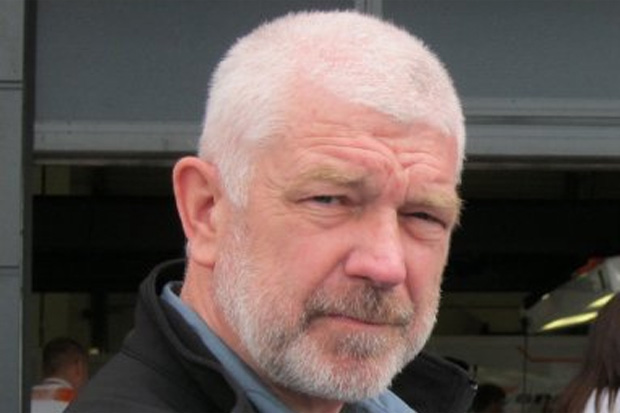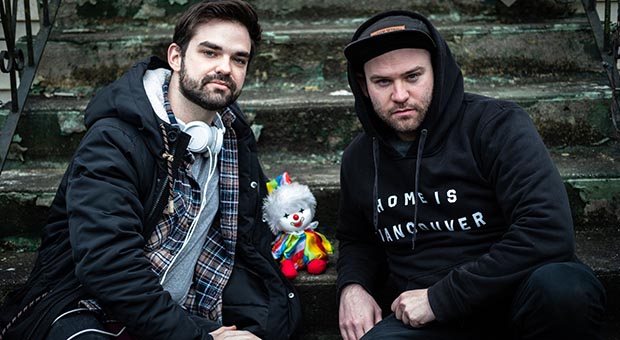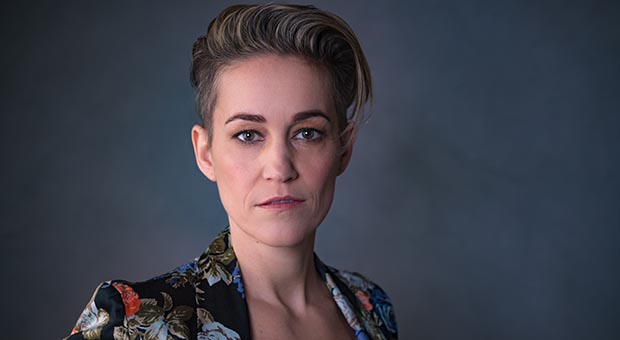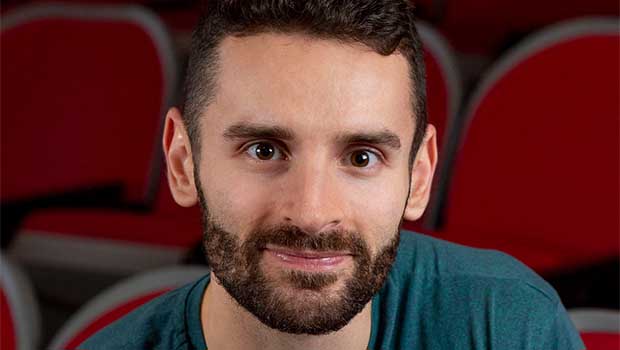
20 May The Biz Interview: Stunt Coordinator Andy Armstrong of “Thor”
Andy Armstrong has been an influential part of the Hollywood stunt arena for more than 20 years with extensive and impressive credits ranging from Total Recall to Stargate and The Green Hornet.
As the stunt coordinator on Thor, Andy is the magician behind the action curtain who helps star Chris Hemsworth survive challenging fight scenes and physically-demanding stunt pieces with ease.
Andy spoke with us from the New York set of his next film, The Amazing Spider-Man, to discuss Thor.
Can you walk us through the process of how a stunt process is coordinated on set?
Obviously, it depends what type of stunt we’re talking about. The sort of stuff on Thor was really quite varied – it was stuff that involved a lot of fighting, a lot of very physical effects. You had for instance – on this movie – there was a lot of wire work, a lot of very complex aerial movement. So each action sequence had its own sort of heartbeat, as it was.
The basic parameter for all of them is that they obviously started in a script form – where an idea is somehow conceived either in written word or in stitch form or whatever – and then we go about conceiving the best method of achieving that effect. What we do – Armstrong Action, our company – we tend to create “actionmatics” first of all, which are like storyboards come to life where we’ll do up storyboards first and then we’ll put real people in those situations and try and create a real scene and shoot it on video just as if it was part of a movie, and edit it and put effects and everything else on it and see what we can improve or how the tempo is, the flow. Most action sequences have to flow like a dance number where [they] have to have highs and lows and [have] to have a certain beat to [them]. The best way to see that is to physically see it… It’s a very good, sort of old fashioned but practical way of seeing how the scene works.
When it comes time in the process for working with actors and if an actor is going to be performing them to do stunts, what kind of mental preparation do they need to do in advance? What guidance did you give to Chris Hemsworth when you were working with him on Thor?
Chris came to work with us on a very consistent, very long-term basis, so he learned all the fights and while we had a stunt double who set up lots of the action for him, virtually all of the action that you see on film – very little of it is not Chris. He’s really a modern-day action hero, a real exception to the rule. He really does do 99% of it himself and he’s capable of the other 1%. The only reason we stopped him from doing one or two things is simply on a purely selfish level. If he gets smashed up, we’re all out of a job.
The fight scenes are getting a lot of great reviews and the word that comes up a lot which always makes me feel good is “organic”. The reason that they do feel organic in that movie is because they really are organic. They are him performing them, him interacting with stunt performers, him fighting stunt performers, but it really is Chris doing it. We gave him a lot of training, but basically taught him to perform like a stuntman in those scenes and he’s also a guy that’s very, very physically in good condition and has very good physical timing and control. So he understands what’s needed. If you explain to him that a little bit more movement here or a little bit less there, or a little slower here, or more or less in this direction or that direction this will look better, he understands the language that you’re talking to him about.
Specifically with your area of expertise in stunts and stunt coordinating, what kind of advice would you give to somebody who’s new in the industry who’s interested in getting into that side of work?
Study films. Don’t just obsess about the one thing that you’re good at. It’s a little bit like training at a gym. You’ll find someone who finds lifting weights very easy – that’s all they do. You want to try and do lots of the stuff that you find difficult because that’s obviously the stuff that you need work at. You need to become well-rounded. It’s obviously still also great to have a particular speciality because that’s where you’ll tend to get known for some particular skill or ability. But really to treat it as a serious profession just like any other athlete or any other film technician, you turn up early, you turn up prepared, on time, understand what’s needed, understand that often bigger is not necessarily better. Never accept stuff that you think you’re going to learn on the job. It’s a very, very competitive business now – a lot of new talent. You know, it was 20 years ago, most stunt performers were made up of people that were basically very good at something but failed at some other profession – professional sportsman or fighter or race car driver or whatever – and now there are people that set out, they’ve grown up knowing what a stunt performer is, and so have set out to be a stunt performer. So consequently, the standard is very high.
The level of expertise in particular skills is absolutely incredible. I mean you can go look on YouTube to find someone that is mind-blowingly – just incredible at some insane activity. In fact, now if I’m looking for something really extreme, I’ll often browse through YouTube – one of the stunt performers I have on [The Amazing Spider-Man] who’s one of Spider-Man’s doubles is someone I found on YouTube. One of the best skateboard guys in the world. I watched him do something really extreme and I looked at lots and lots of YouTube videos and as I chased them down, I found that a lot of them were the same guy… That’s become a new medium for us. It’s a different world. It’s also gone so full-circle that there are actors now, like Chris, who are the complete package. I mean, Chris – if he didn’t want to act – could make a good living as a stuntman.
Thor is now in theatres. Our thanks to Andy Armstrong for sharing his insights with us.







